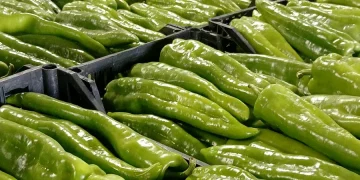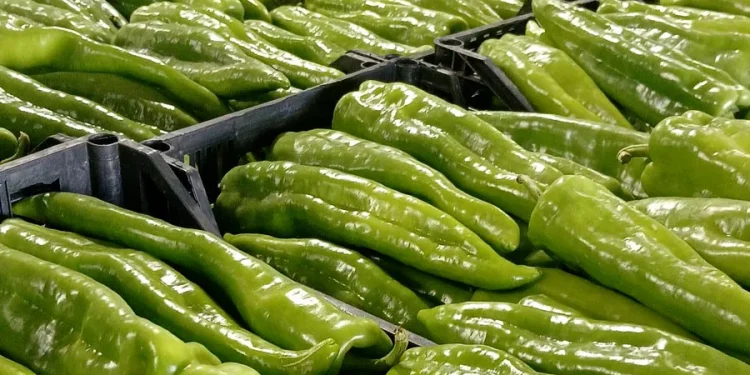Vegetable Growers in Granada Struggle with Low Prices and Increasing Competition
The vegetable harvest campaign in the west of Granada, particularly in the El Llano de Zafarraya region, is facing significant challenges this year. While the quality of the produce remains high, market conditions are proving difficult for farmers. Francisco Manuel Ramos, president of Hortoventas, has highlighted the issue, noting that while tomato prices have stabilized, other crops like peppers and zucchini are suffering from historically low prices, making it difficult for producers to even justify harvesting.
Market Pressures Impacting Profitability
Tomatoes have traditionally been the flagship product of the Llano de Zafarraya’s agricultural sector, with a variety of types being grown, including pink tomatoes, Daniela, salad tomatoes, and several others. Despite a promising start to the campaign, the market has been saturated with competition from Dutch and Polish imports, which are being sold at prices that undercut local producers. For example, tomatoes on the vine (TOVs) from the Netherlands are being sold in Madrid for just 70 cents, making it nearly impossible for Spanish growers to compete without selling at a loss.
The situation is even more dire for other vegetables. Peppers, a significant crop in the region’s summer cycle, are being sold at prices as low as 30 cents per kilo, with some days seeing prices drop to just 8 or 10 cents. This has led some farmers to leave their crops unharvested in the hope that prices might improve. However, delaying the harvest comes with its own risks, as peppers left too long on the plants will begin to turn red, reducing their marketability and potentially causing losses.
Climatic Challenges and Production Shifts
In addition to market pressures, climatic changes are also impacting vegetable production in the region. This summer has seen higher than usual rainfall, leading more farmers to plant peppers, which in turn has contributed to the oversupply and resulting price drop. Moreover, the increasing temperatures in July and August are making it more difficult to harvest crops like cauliflower, which traditionally grow well in the summer months.
Despite these challenges, Ramos remains cautiously optimistic about the potential for increased cauliflower production in September, when temperatures cool slightly. However, he also notes that the longer growing season observed in recent years, likely a result of climate change, is a double-edged sword. While it allows for extended production periods, the lack of rain necessary to replenish aquifers is a growing concern for long-term sustainability.
Looking Ahead
The current situation underscores the complex challenges facing vegetable growers in Granada and across Spain. With international competition driving down prices and climate change creating unpredictable growing conditions, local farmers are being forced to adapt quickly. The hope is that market conditions will improve, allowing producers to sell their crops at prices that reflect the true cost of production. In the meantime, the agricultural community continues to explore strategies to remain competitive and sustainable in an increasingly challenging environment.


































